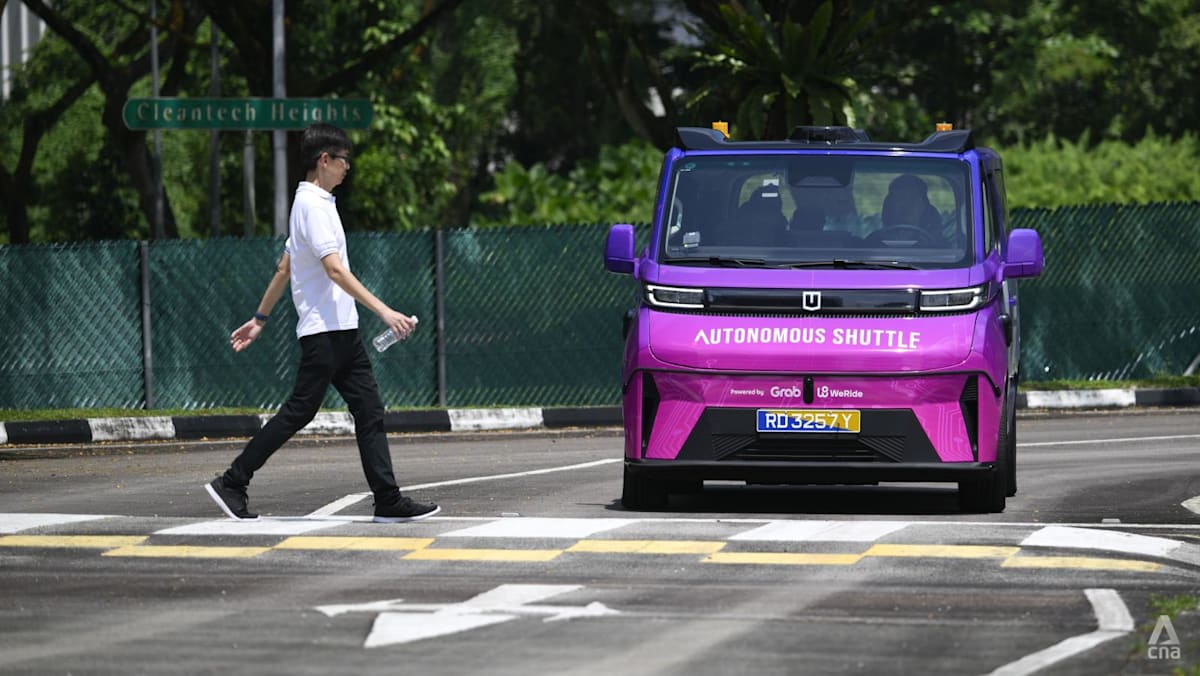Mr Nicholas Ng, director for the Centre for Autonomous Mobility at LTA, likened the testing process to that of a human driver earning a licence.
“It’s no different from an aspiring human driver having to take your basic theory, advanced theory and also your practical (exam),” he said.
With no international standards for on-road AV operations, LTA works with the Centre of Excellence for Testing and Research of AVs at NTU (CETRAN) to define local requirements and ensure that AVs can be deployed safely on public roads.
Singapore’s operating environment – including its climate, road infrastructure and unique traffic patterns – means that AVs must be fine-tuned specifically for local use, Mr Ng added.
AV ASSESSMENT FRAMEWORK
Once a fixed route has been approved by LTA, operators embark on an AV assessment framework – a step-by-step evaluation to determine readiness for driverless deployment.
Throughout the process, LTA monitors AVs in real-time and analyses performance data.
The first assessment categorises whether an AV has a deployable or developmental solution.
Deployable solutions must have a proven track record of Level 4 driverless operations, with at least five similar AVs deployed for one year, with supporting data such as mileage, safety records and incident reports.
Developers must also partner local firms and present a clear use case and deployment roadmap.
These AVs then undergo a closed-circuit basic safety test, known as the M1 test. This involves manoeuvres such as stopping for dynamic and static obstacles, manual takeovers and emergency stops.
If the vehicle passes, it may conduct public road trials along the routes specified in its authorisation. A safety officer must be at the wheel.
